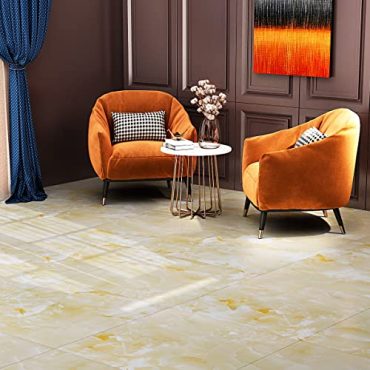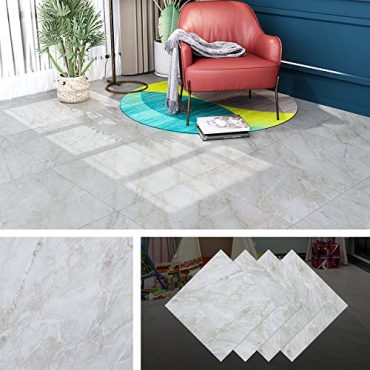Reviving old wood floors through refinishing can breathe new life into your space and restore the beauty and character of the flooring. Here’s a step-by-step guide to help you with the process:
1. Assessment and Preparation:
- Inspect the floor for damage, such as deep scratches, stains, or areas with worn finish.
- Check for loose boards or nails that need to be secured.
- Remove furniture and items from the room.
2. Gather Supplies:
- Floor sander (drum or orbital), edger, and sandpaper of varying grits (coarse to fine).
- Safety equipment: dust mask, safety goggles, and ear protection.
- Vacuum or broom for cleaning up dust.
- Wood filler for repairing gaps and cracks.
- Stain (if desired) and finish (polyurethane, varnish, etc.).
- Brushes or applicators for applying stain and finish.
- Tack cloths for wiping down the floor between sanding and finishing.
3. Sanding: Note: Sanding is a critical step and can be challenging. If you’re not experienced, you might consider hiring a professional.
- Start with the coarsest sandpaper grit to remove old finish and imperfections. Use a drum sander for the main areas and an edger for edges and corners.
- Progress to finer grits to achieve a smooth surface. Follow the grain of the wood.
- Vacuum or sweep thoroughly between each sanding stage to remove dust.
4. Repair and Fill:
- Fill gaps, cracks, and holes with wood filler that matches the color of the floor.
- Sand the filled areas lightly to ensure a smooth and even surface.
5. Staining (Optional):
- If you want to change the color of the wood, apply a wood stain according to the manufacturer’s instructions. Test the stain on a small, inconspicuous area first to ensure the desired color.
6. Applying Finish:
- Apply the chosen finish (polyurethane, varnish, etc.) using a brush or applicator pad.
- Follow the manufacturer’s guidelines for application and drying times.
- Apply multiple thin coats rather than one thick coat for better durability and a smoother finish.
- Sand lightly between coats with a fine-grit sandpaper to ensure adhesion.
7. Final Touches:
- Allow the final coat of finish to cure according to the manufacturer’s instructions. This usually takes a few days.
- Place felt pads under furniture legs to prevent scratching the newly refinished floor.
- Reinstall baseboards and trim if they were removed.
8. Regular Maintenance:
- To prolong the beauty of your refinished floors, avoid dragging heavy furniture and use rugs or mats in high-traffic areas.
- Clean the floors regularly with a soft broom or a vacuum cleaner designed for hardwood floors.
- Avoid excess moisture on the floors, as it can damage the finish and the wood itself.
Keep in mind that refinishing floors can be labor-intensive and messy, especially if you’re tackling the project yourself. If you’re unsure about any aspect of the process, consider consulting with a professional flooring contractor who can provide guidance or handle the refinishing for you.















